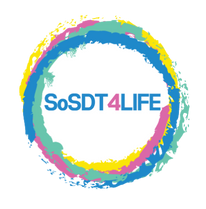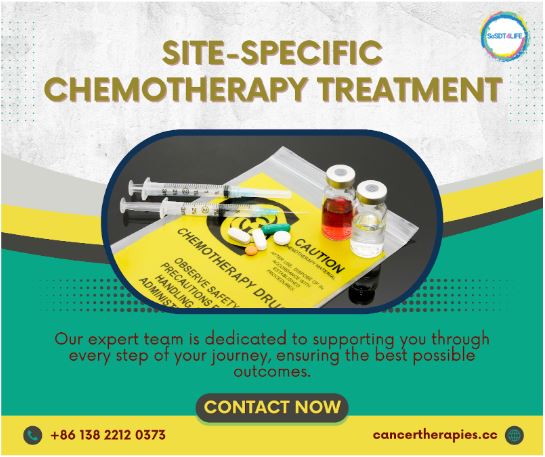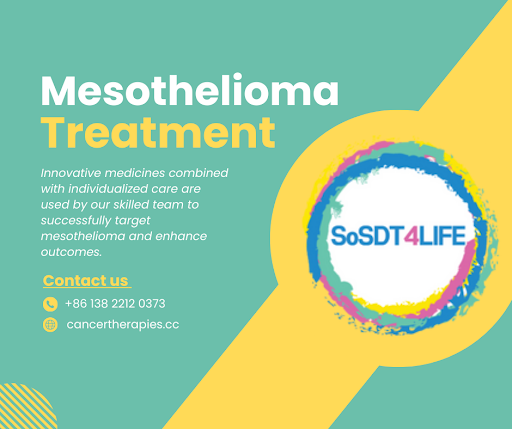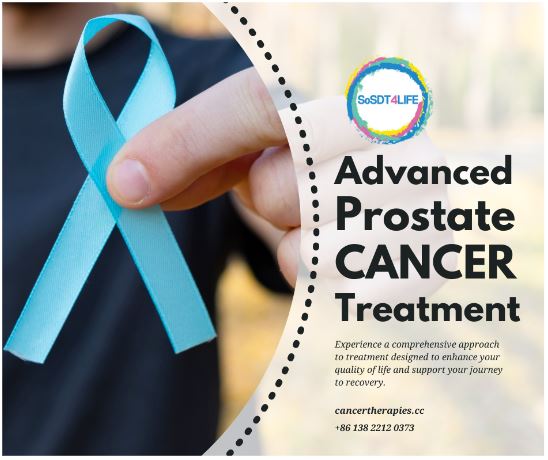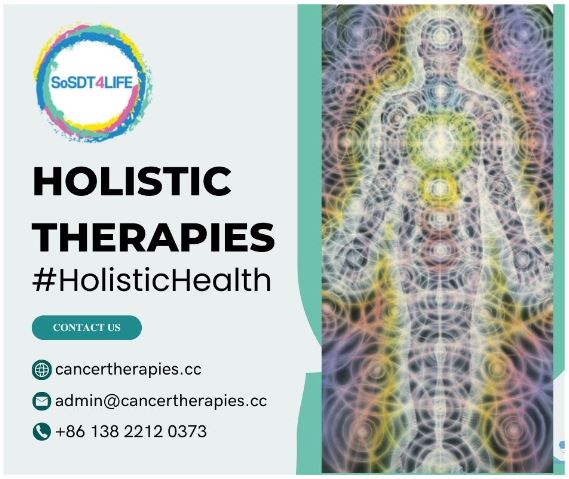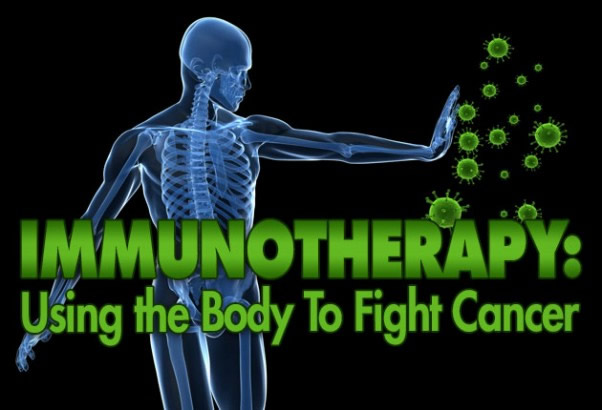FAQs on Cancer Therapy
Secondly, patients may have other major health problems such as heart disease, liver disease or severe anemia. SoSDT 4 LIFE takes a holistic approach to our patient’s health and focuses on correcting other underlying health issues as well as treating the cancer in the best way possible for each individual. However, if other chronic health issues are present they may take some time to correct, if that is possible, and this may make it difficult for our range of treatments to be as effective as they usually would be.
Finally, patients may receive insufficient treatment. Minimal or no success could be due to the cancer being so slow growing that it does not take up the sensitisers, or patients may have multiple, large internal tumours like melanoma, which are difficult to treat. In such cases, long periods of treatment would be required. Not all patients will choose or be able to stay for the length of time required to complete the treatment. The cost of treatment and the time away from home and friends and family would be reasons that some patients choose to return home before the full treatment protocol has been completed. We all look forward to the day when SDT is recognised by international regulators and more extensively covered by health insurance.
The use of light waves to activate photosynthetic agents to heal the body, dates back to the ancient Egyptians, with first reports of its successful use to treat solid tumours, documented in the German medical annals in the early 1900s. Since then, hundreds of studies have confirmed its efficacy with US FDA approval granted to PDT in 1976 for the localised treatment of several stages of oesophageal and lung cancers.
They may also know that PDT is limited by light penetration and incorrectly surmise that SDT has the same limitations.
